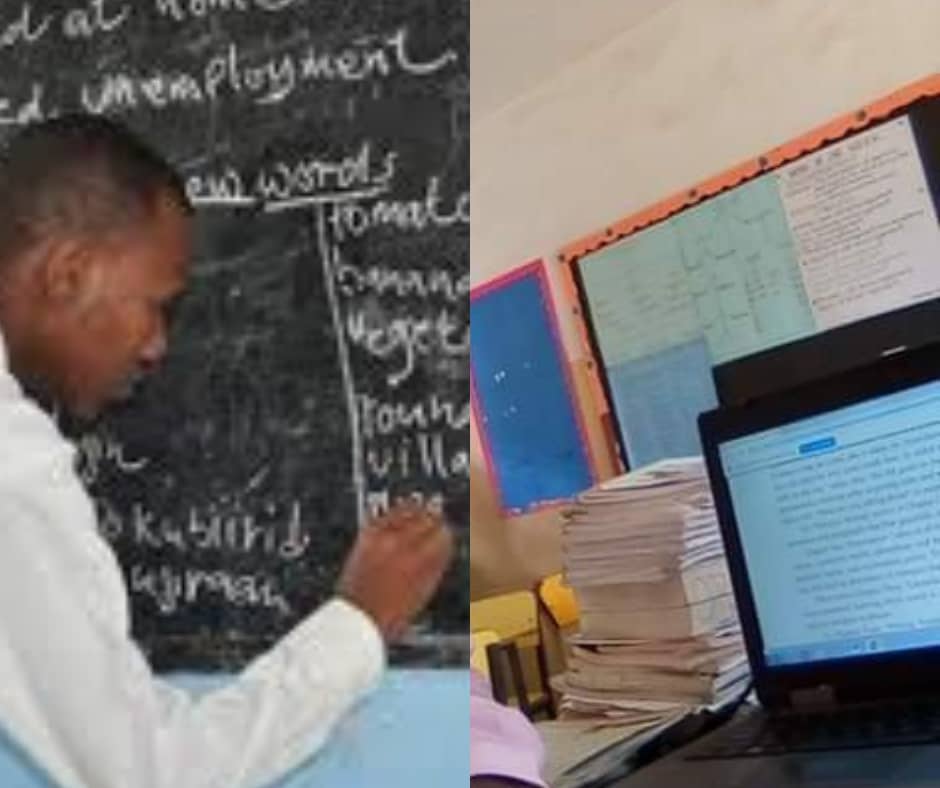This is an era dominated by digital tools and technology-enhanced learning. The concept of teaching without tech may seem antiquated, if not entirely improbable. However, the traditional methods of instruction, which predate the advent of smart devices and digital platforms, hold significant value.
Before the digital revolution, education systems around the world operated successfully without the aid of technology. Classical education, for instance, emphasized the trivium (grammar, rhetoric, and logic) and quadrivium (arithmetic, geometry, music, and astronomy) as foundational subjects (Clark, 1957).
The Socratic method, developed by the classical Greek philosopher Socrates, is a prime example of effective, technology-free pedagogy. This dialogic method encourages critical thinking and in-depth understanding through questioning and discussion (Vlastos, 1991).
Direct instruction involves the teacher delivering content directly to students through lectures, demonstrations, and guided practice. It is highly structured and teacher-centered, ensuring that students receive clear, concise information (Rosenshine, 2012). Experiential learning, rooted in the philosophies of John Dewey and David Kolb, emphasizes learning through experience.
Activities such as field trips, hands-on experiments, role-playing, and real-world problem-solving are central to this method (Kolb, 1984). Socratic seminars are structured discussions where students engage deeply with a text or topic through open-ended questions and dialogue, fostering critical thinking and active learning (Copeland, 2005).
Emphasizing literacy through reading and writing activities helps develop comprehension and analytical skills. Classical literature, primary source documents, and extensive writing assignments are crucial components (Hirsch, 1987). Encouraging students to teach each other and work collaboratively on projects promotes deeper understanding and retention of material (Johnson & Johnson, 1987).
Traditional teaching methods often require students to engage in higher-order thinking, critical analysis, and problem-solving without relying on digital aids (Bransford et al., 2000). Classroom interactions and discussions foster social skills and collaborative learning, which are essential for personal and professional development (Vygotsky, 1978). Without the distractions of digital devices, students can maintain better focus and attention on the instructional material (Carr, 2010).
In the absence of technology, both teachers and students are encouraged to be more resourceful and creative in their approaches to learning and problem-solving (Robinson, 2001).
With growing concerns about the negative effects of excessive screen time on children’s health, traditional teaching methods provide a healthy alternative (Twenge, 2017).
While the benefits are notable, there are challenges to implementing a tech-free teaching approach in today’s digital age. Technology can provide access to resources and support for students with disabilities.
A tech-free approach must find alternative methods to ensure inclusivity (Smith & Tyler, 2010). Digital tools can enhance engagement through interactive content and multimedia.
Teachers must work harder to maintain student interest and motivation without these tools (Prensky, 2001). Educators need adequate training and preparation to effectively implement traditional teaching methods, which can be resource-intensive (Darling-Hammond, 2006).
Teaching without tech is not a regression but a reaffirmation of the enduring value of traditional educational methods. While technology undoubtedly offers numerous benefits, it is crucial to recognize and preserve the strengths of non-digital teaching strategies.
Blending both approaches, where appropriate, can create a balanced and holistic educational experience that prepares students for a diverse and dynamic world.
